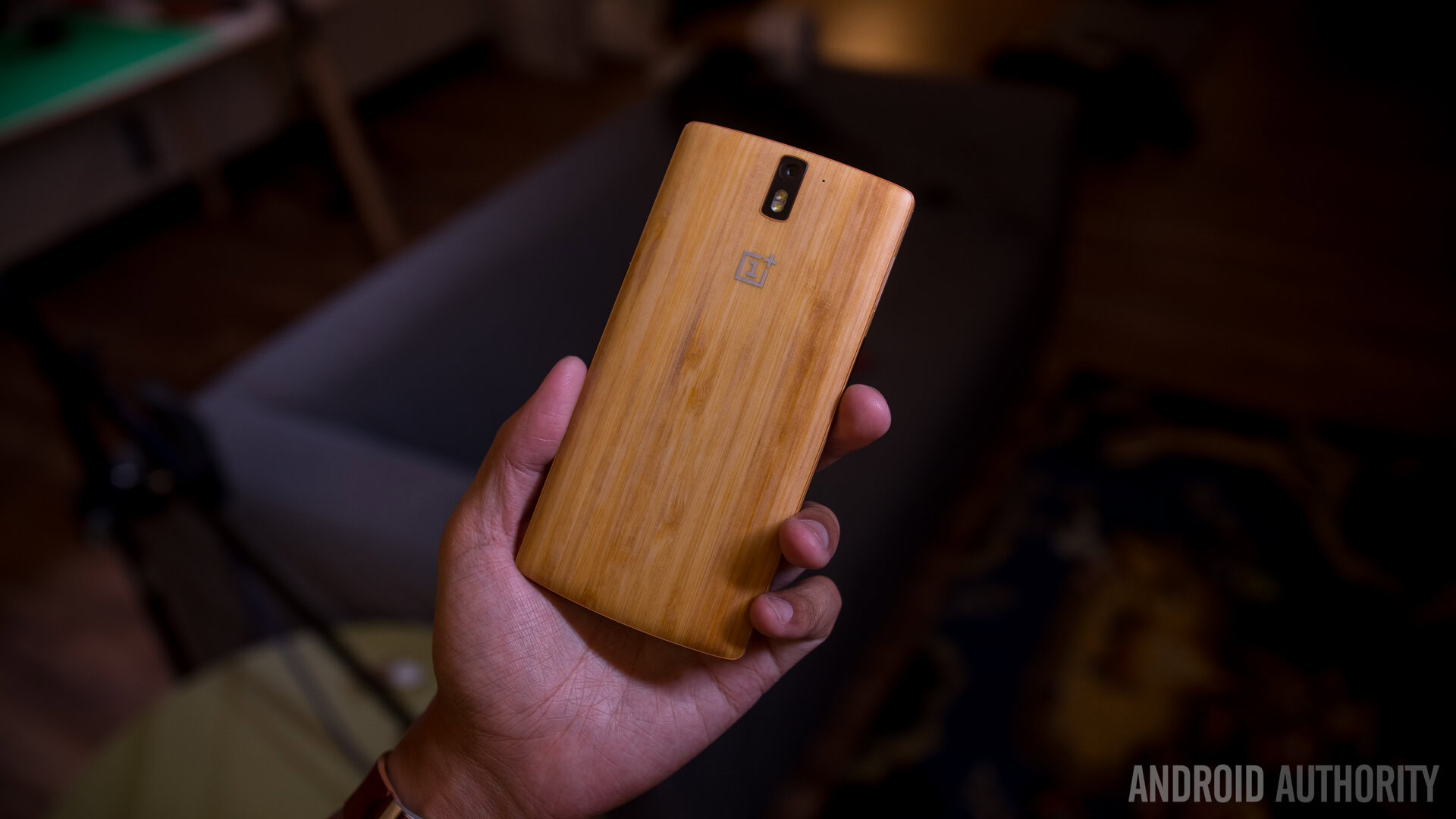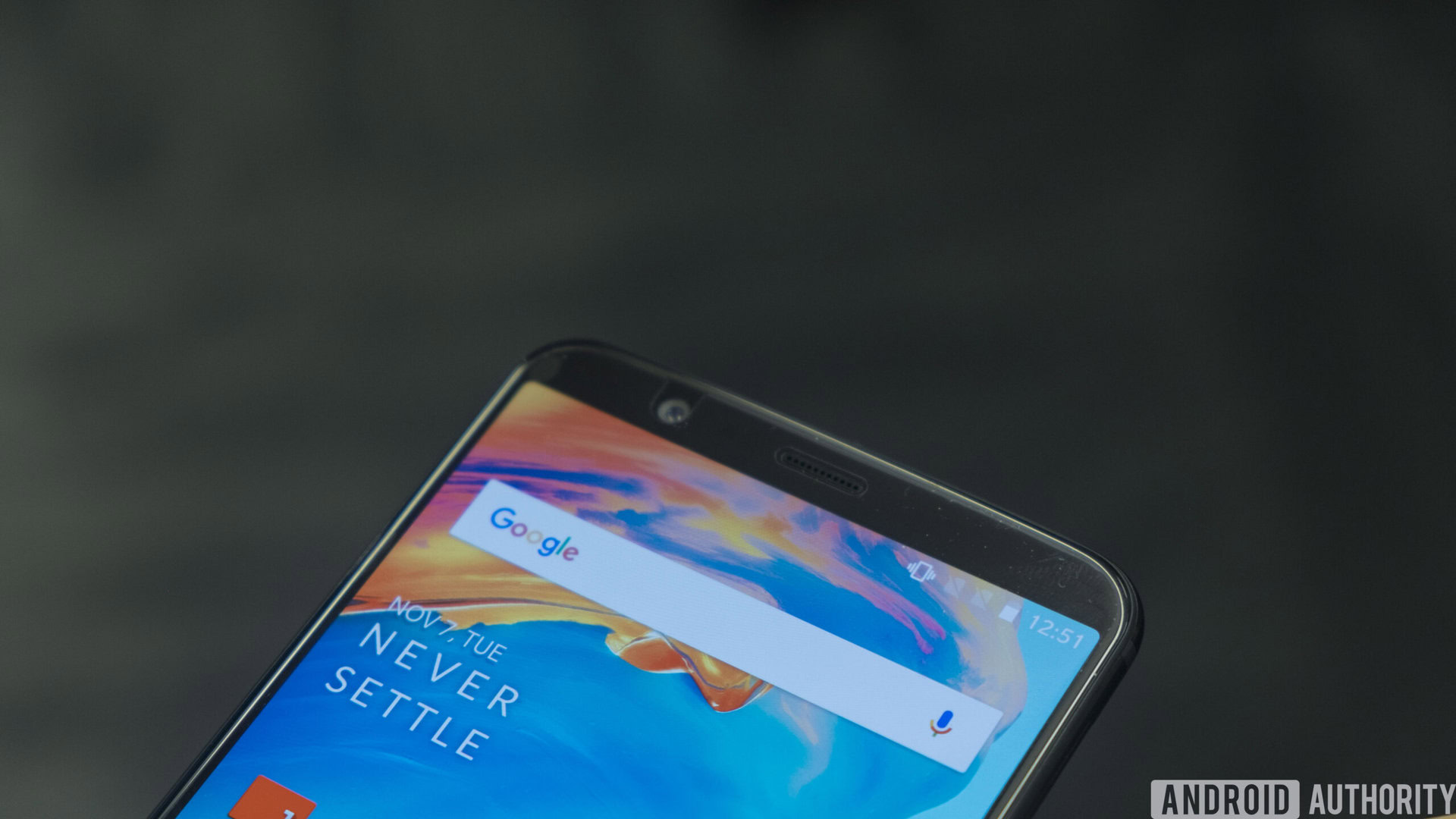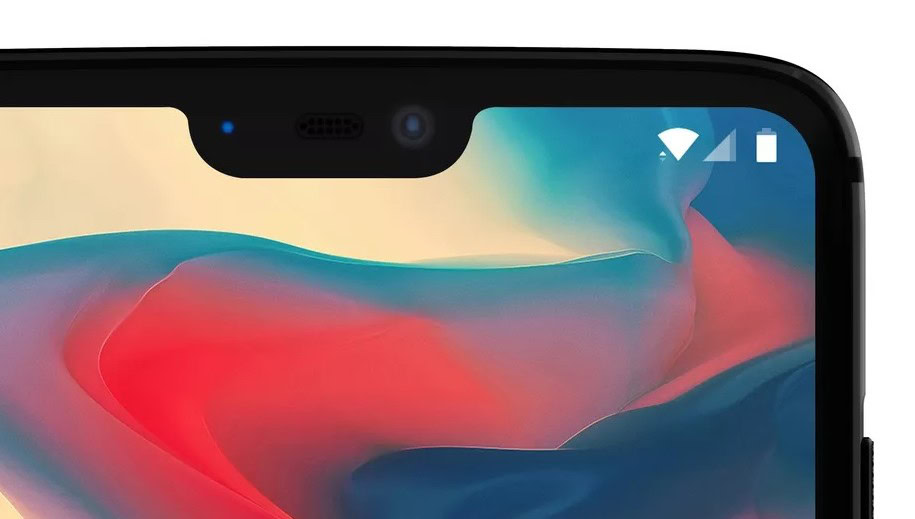Affiliate links on Android Authority may earn us a commission. Learn more.
OnePlus 6: Four years on from the OnePlus One, what will we get?
Published onApril 23, 2018

Four years ago today, OnePlus unveiled the disruptive OnePlus One. Now, the Shenzen-based company’s seventh major device, the OnePlus 6, is on the horizon. It’s a key moment, as enthusiasts come to grips with the pioneering brand moving into the mainstream market with mainstream prices.
Will the OnePlus 6 avoid the derivative, or will OnePlus become just another OEM?
OnePlus rose as a truly modern brand. Vibrant and bold, it worked to establish itself with enthusiasts via a series of clever and sometimes controversial marketing techniques, and the tagline “Never Settle.” The success of the company came from its affordable flagships, with top-line specs at value prices. The co-founders engaged with the community in the company’s forums, on social media, and its dedicated subreddit, supporting users and developers in a more personal way and fostering a respectable brand and an experience not available with any other smartphone maker.

In 2017, revenue passed $1.4 billion and the company became profitable for the first time.
The OnePlus 6 follows the OnePlus 5T, which built in more value and targeted a broader user base than ever before.
The phone is also expected to cost more than $500 — a first for the company. Leaks have pointed at flagship specs including a Snapdragon 845 SoC, 8GB of RAM, and 256GB of onboard storage. It may even have expandable memory. The latest device looks like it will add IP certification for waterproofing, one of the few core features not included in the move from the OnePlus 5 to the OnePlus 5T that would’ve been well received. A new glass back with Nanotech Coating should allow for wireless charging, though it would make the device more breakable.
None of this comes cheap, so there is leeway for OnePlus to raise the price to reflect component costs. We’ve seen prices of OnePlus releases rise around $30 with each new device. Between distinct new models, this price rise has been between $40 and $70. That implies the OnePlus 6 will go for between $549-$569, as this chart shows:
Ominously, competitors in that range include the Samsung Galaxy S8, the HUAWEI Mate 10, and iPhone 7s, while the Essential Phone looks like a value device at $399. Another enthusiast device, the Razer Phone, is now down to $599 as well.
One problem for OnePlus in this price range is that higher prices bring considerably more scrutiny. Even small problems become less tolerable. It’s already clear that the most controversial element of the device will be the notch in the screen. The company, via co-founder Carl Pei, has at least attempted to minimize the outrage by seeding the design out in advance. Describing it as more screen for the user, Pei said, “learn to love the notch.”

Most won’t like it. Android Authority ran a poll just a few short weeks ago suggesting at least 38 percent of Android consumers won’t buy a phone with a notch, even if there’s a software option to hide it, which the OnePlus 6 will include.
Our own C. Scott Brown made the point perfectly:
The people who made OnePlus a success are the people who hate the notch. OnePlus doesn't seem to care.
Given that consumers have seen and heard about the notch, down to the exact size (19.616 x 7.687mm, thanks for asking), that will dampen the issue on release. It’s a clever strategy to try and quiet the horde, but it will still be a sticking point.
On the bright side, it looks like OnePlus will keep the headphone jack on the 6, which is another one of those binary issues for enthusiasts. You either won’t purchase a phone without one, or you’ll get by.
OnePlus 6: A path towards becoming beige?
OnePlus has arguably been on the path from grassroots and enthusiasts towards mass market for some time. The campaign with Emily Ratajkowski was a turning point from engaging with the core community and to seeking a wider mass market appeal.
This is entirely natural for many enthusiast brands, who seek to escape narrow profit margins and demanding fans, and seek higher profit margins of more general consumers.
But don’t forget this is the way the company marketed the OnePlus 2:
“We believe that great products come from great ideas, not multi-million dollar marketing campaigns. We believe “that’s just the way things are” is almost always the wrong answer.”
It’s a calculated risk for OnePlus. Becoming another mainstream, expensive manufacturer won’t be endearing to enthusiasts. If its phones become similar to offerings from Samsung, HUAWEI, and the like, and at a similar price to boot, the original OnePlus we know may be gone.
Already that was evident from the OnePlus 5. Android Authority Editor Kris Karlon pointed out just how much recycled design was involved from sister-company OPPO, which in turn borrowed heavily from the iPhone 7s.
“OnePlus can’t be upset with this reaction either, because the company itself has religiously fostered the hype surrounding its devices, so we can hardly be blamed for wanting more,” wrote Kris.
The brash and bold decisions made by OnePlus in the past looked to be over.
Our own Rob Triggs ventured further earlier this year, asking if OnePlus had just reached its limit, and started settling.
That’s the problem for OnePlus. It’s been vocal in cultivating a fanbase built on hype and value, where designs are drip-fed and argued about for months in advance. Now the identity of the company is morphing. The OnePlus 6 will tell us if OnePlus remains a company worth watching closely, or if it’s just another Android manufacturer caught in the clone wars.